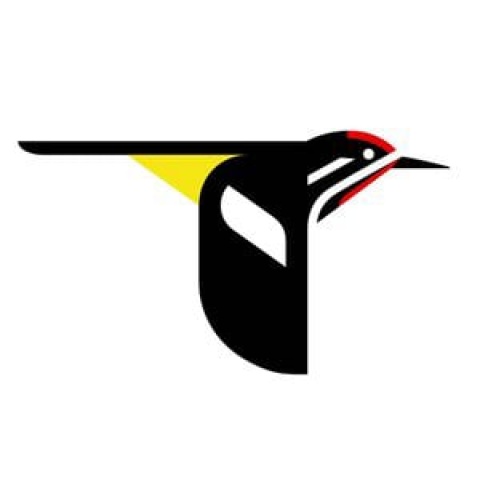The Cornell Lab of Ornithology is a globally-focused institution for science, training, and outreach relating to birds and biodiversity. Its approach is to use the power of birds and other charismatic organisms to generate long-term impacts on understanding and conserving earth’s biological diversity -- through innovative science and training, data-driven services and communication, and creative public engagement -- around the world. Over the last two years, it has further sharpened its focus on service and impact to advance the understanding and protection of nature.
The Center for Avian Population Studies (CAPS) is one of the programmatic units that carry out the Lab’s mission to interpret and conserve the earth’s biological diversity through research, education, and citizen science focused on birds. Partnering is a cornerstone of our approach, and the center engages with partners around the world – especially in Latin America – to inform, support, and evaluate conservation. One of the major projects in CAPS is eBird, which collects information about the distribution and abundance of birds, taking advantage of the enormous popularity of watching birds to create a global network of volunteers who submit bird observations via the web to a central data repository.
The Cornell Lab’s eBird program has become the world’s largest and fastest-growing biodiversity database, and one that is unparalleled in terms of global coverage and spatiotemporal resolution. As of February 2020, over 532,500 volunteers submitted 768 million bird observations from around the world. Using innovative approaches, scientists and data analysts can ensure the quality of data, create robust models of the distribution and abundance of birds, and develop methods to use birds as ecological indicators of environmental conditions and biodiversity. Chief among the lab's data products are “eBird Status and Trends”, which is a rich high dimensional dataset that is increasingly used to guide management, planning, and evaluation by NGOs, governmental agencies, and the private sector.
The lab believes that eBird data, in combination with other datasets, can be used to strategically guide investments and evaluate outcomes of Initiative 20x20 restoration projects. Bird data can be used to rank or prioritize locations of restoration projects to ensure the greatest biodiversity returns on investments, to establish baselines and conservation targets to evaluate progress, and monitor restoration outcomes in ways that support continuous improvement and reporting needs.
The lab will contribute to Initiative 20x20 by:
1. Advising and support governments, partners,
impact investors, and project developers
to place restoration projects in areas that optimize
biodiversity conservation and other co-benefits,
such as carbon storage or water health;
2. Providing technical assistance on restoration interventions
likely to be positive for biodiversity;
3. Helping to develop a monitoring program that utilizes
open-access and crowd-sourced data;
4. Participating in task forces, especially those related to
biodiversity and monitoring;
5. Engaging with task force and partners in workshops,
discussions, and problem-solving;
6. Building capacity in partners to monitor and analyze
restoration outcomes.

